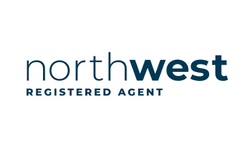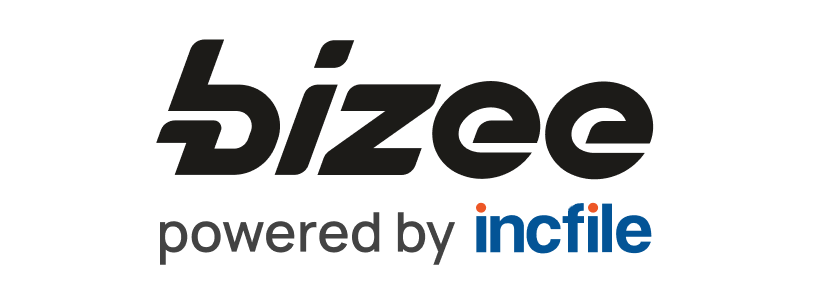

Embarking on a baby photography business requires a thorough understanding of your potential market. A well-conducted market analysis will help identify your target audience, understand the competitive landscape, and tailor your services to meet specific needs. Consider these key points in your market analysis:

Yes, baby photography businesses can be highly profitable. The business model is relatively straightforward and provides high margins when compared to other niches of the photography industry. Businesses that specialize in newborn and baby photography often experience strong customer demand due to the sentimental nature of the products offered. Additionally, the equipment costs are relatively low since the majority of photographers shoot with point-and-shoot cameras or even cell phones.

Creating a baby photography business plan is a crucial step for turning your passion for photography into a profitable venture. This plan will serve as a roadmap, outlining your business objectives, strategies, and financial projections. Consider the following key components when drafting your business plan:
Baby photography businesses earn money through a variety of services, such as portrait sessions, special products like birth-announcement cards, and other packages. For example, they may offer discounted newborn packages that include a series of three photoshoots throughout the baby's first year of life. Businesses can also offer more specialized services such as cake smashes and professional prints. A target audience for an air duct cleaning business could include property management companies, real estate agents, home builders and homeowners. These organizations might need regular inspections or cleaning to increase the efficiency of their HVAC systems or to remove dust, debris and allergens from indoor air.
Developing a brand for your baby photography business is essential in creating a memorable identity that resonates with your target audience. Your brand should reflect your unique style, values, and the emotional connection you aim to build with parents and their little ones. Here's how to get started:
Choosing a name for your baby photography business is an important step to take when starting a new business. Consider a name that reflects what your business stands for and that is easily recognizable. Brainstorm creative concepts with words like “cheerful” and “baby magic” to create a memorable name. Ask family and friends for input and begin to narrow down your list; ask yourself questions such as “what do I want my customers to think of when they hear this name?” Taking the time to come up with the perfect name will pay off in the long run.



When starting your baby photography business, formalizing your business registration is a crucial step that gives your venture legal recognition and allows you to operate within the confines of the law. This process varies depending on your location, but here is a general guide to help you get started:
Explore vital resources designed specifically for baby photography entrepreneurs, featuring insights on market trends, operational best practices, and strategic business growth advice:
Starting a baby photography business involves not just talent and equipment, but also ensuring legalities are in order. Different locations have different requirements for licenses and permits. Here are some steps to guide you through acquiring the necessary documentation:
To run a baby photography business, you will need a state business license and a local business permit. Depending on the state and locality, you may also need to register your company with the IRS, obtain an occupational license for your specific type of business, and obtain liability insurance.
Starting a baby photography business requires not only creative skills but also financial management. Opening a business bank account is essential for keeping personal and business finances separate, while securing funding is crucial for covering startup costs. Below are some steps to guide you through this financial phase of your business setup:
Setting the right pricing for your baby photography services is crucial in attracting the right clients while ensuring your business is profitable. Consider your costs, the market rate, and the unique value you bring to the table when determining your prices. Here are key points to guide you:
Initiating a baby photography business can involve substantial financial commitment, the scale of which is significantly influenced by factors such as geographical location, market dynamics, and operational expenses, among others. Nonetheless, our extensive research and hands-on experience have revealed an estimated starting cost of approximately $6000 for launching such an business. Please note, not all of these costs may be necessary to start up your baby photography business.
Starting a baby photography business requires specialized equipment and supplies to ensure you can create beautiful, safe, and comfortable settings for your little subjects. Here's a list of essentials you'll need to get started on capturing those precious moments.
Before embarking on the rewarding journey of baby photography, safeguarding your business with the right insurance is crucial. It not only protects your investment but also provides peace of mind for you and your clients. Here's how to secure the appropriate business insurance:
Launching your baby photography business is an exciting venture, and marketing your services effectively is crucial for success. Attracting clients and showcasing your unique style will help you stand out in a competitive market. Here are some strategies to begin marketing your baby photography services:
Once you've laid the groundwork for your baby photography business and started to build a client base, it's time to think about expansion. Growth doesn't just mean more customers; it's also about enhancing your services, reaching new markets, and increasing profitability. Here are some strategies to consider: